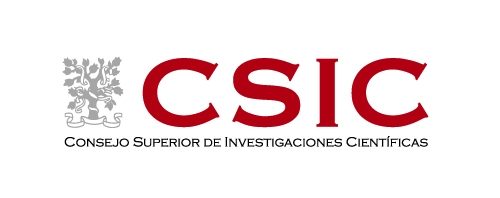IEEE International Ultrasonics Symposium 2023, Montreal
Lithium-Ion Batteries’ State-Of-Charge and Health Assessment by Non-Contact Ultrasound Spectroscopy
M.D. Fariñas, M. Muñoz and T. Gómez Álvarez-Arenas
Ultrasonic and Sensors Technologies, ITEFI, Spanish National Research Council (CSIC)
Serrano, 144. Madrid, SPAIN
Lithium-ion batteries (LiB) and its variants have experienced a strong development thanks to their good storage capacity and safety. Nowadays they are taking the lead in many different sectors. A key parameter is the state-of-charge (SOC) which directly affects its life and performance. Current methods to measure LIB’s SOC present many drawbacks such as the need of measuring the charging and discharging voltage curves, the need of complex algorithms or expensive sensors. Ultrasonic techniques using direct contact have also been used before. However, the need of a good and controlled contact between transducers and battery complicates its implementation. To overcome this problem, we propose a new method based on air-coupled ultrasound which also offers additional interesting possibilities for fast testing in production line. The objective of this work is to test this approach and determine both working conditions and ultrasonic parameters that are best suited to determine SoC.
Ultrasonic non-linear harmonic generation in air for ultra-wide band characterization of thin membranes
M.D. Fariñas and T. Gómez Álvarez-Arenas
Ultrasonic and Sensors Technologies, ITEFI, Spanish National Research Council (CSIC)
Serrano, 144. Madrid, SPAIN
Characterization of microporous thin layers employed for air filtering using contactless ultrasound is of great interest for manufacturing quality control. Filtration efficiency can be obtained from both absolute values of the ultrasonic transmission coefficient (T) and from its variation with the frequency, which requires data in a frequency range wide enough. Towards this end, several pairs of air-coupled transducers may be necessary, but this may become too time-consuming. The motivation of this work is to simplify this process. The proposed solution is the use of a narrowband transmitter and a large amplitude tone burst excitation, so that the air nonlinearity generates multiple harmonics. This multi-frequency signal is then transmitted through the material of interest and, finally, received by a wideband receiver tuned to receive the harmonics of interest. Our objective is to test this approach and determine suitable working conditions.






